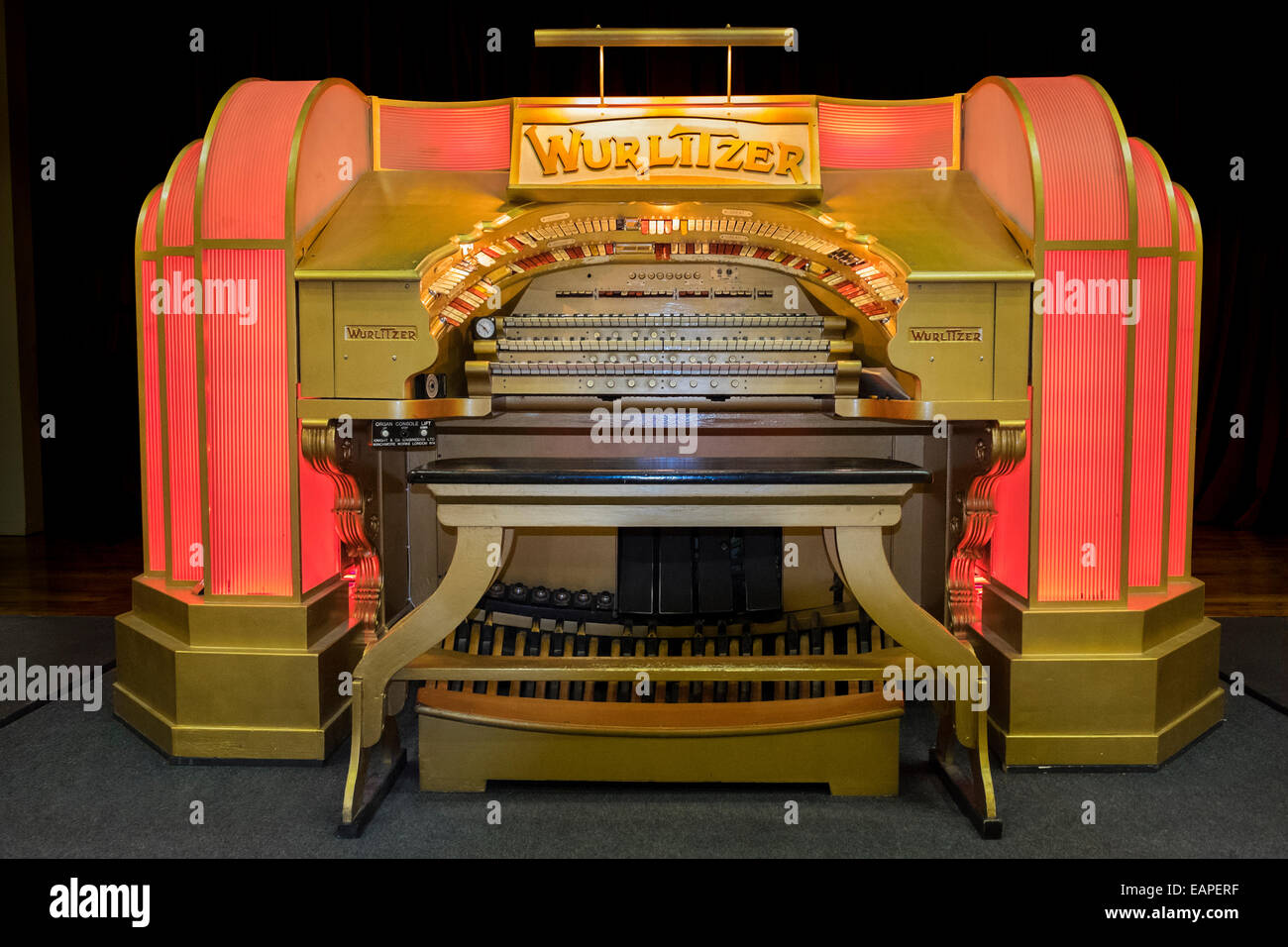

Marquee Names: The California in its movie heyday. His photos of the California Theatre "during its dying days" in the mid-1970s gave an idea of what the theater's walls and ceiling had looked like originally. Levin had a habit of taking photos of theaters. Levin is the son and grandson of valley theater ownershis father ran the Strand Theater in Gilroy, among others. Levin said that in his opinion the auditorium "needed work" after the first round of painting was finished. And I said, we have the money, and you don't have to pay for it."Īfter Packard broke the news that he wanted the theater's interior repainted, he found some Ektachrome slides of the California Theatre from Steve Levin, a Seattle-based theater historian and editor of the website. "I told them it wasn't worth $75 million to make the theater look the way it looked. Sure enough, there was even a plan to do without the blade because of cost overruns"the blade is the vertical part of the marquee bearing the theater's name in lights. "At the beginning," Packard said, "we'd budgeted $25 million for the project, and I set aside $5 million that I knew would be needed during the last eight or nine months. In the end, it was the right thing to do to restore the theater." We needed to schedule the overtime, to make sure that when it was finished that it was closest to the original designs. "It took us a while to do the scheduling to see that his wishes were dealt with appropriately and to get the work done around it. "Well," she said, followed by a quite long silence. I called Sharon Jones, project director for the RDA, to ask what the city's response was to Packard's insistence to do the painting of the auditorium over. "You might as well paint it black." commented one frustrated city official, seeing the redo after the primer colors. This was particularly the case when the theater's lobby was repainted in the smoky-leather shades that were popular in the 1920s, but which aren't hues really found in the color boxes of today's designers. Still, the philanthropist's decision to bring in a new colorist late in the game spurred some dismay in the Redevelopment Agency. "The city's been supportive, and they've never objected to anything I'd wanted to do," Packard said. Evergreen labored seven to 10 hours a week to make the deadline of the San José Opera's opening on Sept. The New York-based restoration company Evergreen Studios went to work the firm works on everything from old movie houses to state capitol buildings.

The scaffolding went back up in the auditorium. "A most screeching clash of colors, like a Vegas wedding chapel," added Goodman. The painting continued under the younger Heinsbergen's designs, but when the scaffolding came down, the colors were not to Packard's taste. The trouble started this spring, with the sudden death of Tony Heinsbergen, son of the original artist who decorated the California Theatre other frescoes by the elder artist are on the ceiling of the lounge at the Sainte Claire Hotel. At the end of this May, Packard broke the news to the cityas only a donor who came up with $25 million worth of a project can break bad newsthat the painting job in the California Theater's auditorium was no good. It may have been fun, but the less-fun part came first. After we took a tour of the theater, Goodman called recoloring the building, "The first fun I've had in years." For the past three decades, Goodman has worked in the end of architectural design that involves color. He has the actor's air of pensive firmness. Goodman is a taller version of Anthony Hopkins. With Packard was James Goodman, a longtime architectural designer, who had worked on such projects as the restoration of San Francisco's Ferry Building and the flagship Williams-Sonoma store in Union Square. David Packard is the son of the Hewlett-Packard co-founder and the philanthropic head of the Packard Humanities Institute, which donated one-third of the cost of the renovation of the theater. He wore a white hard hat with his name, "David W. Underneath the California Theatre's busy new electronic marquee on the Market Street Side was a lanky figure, carrying a very large camera.

More and more, we recognize that classic-era theaters are buildings of incalculable worth to the pride of a city. Contrast these newer spaces with historic theaters, theaters that in so many cases have represented the hopes of revival of a downtown. In general, the modern theater is a big box in a bold range of colors from brick to sand. The heritage of a grand era in moviegoing lives again at the California Theatre in San JoseĪFTER A QUARTER-CENTURY warm-up and five years of toil, cost and worry, San Jose just got itself one the most stunning opera houses on the West Coast, a symphony hall and a showcase for classic cinema, all in one building.


 0 kommentar(er)
0 kommentar(er)
